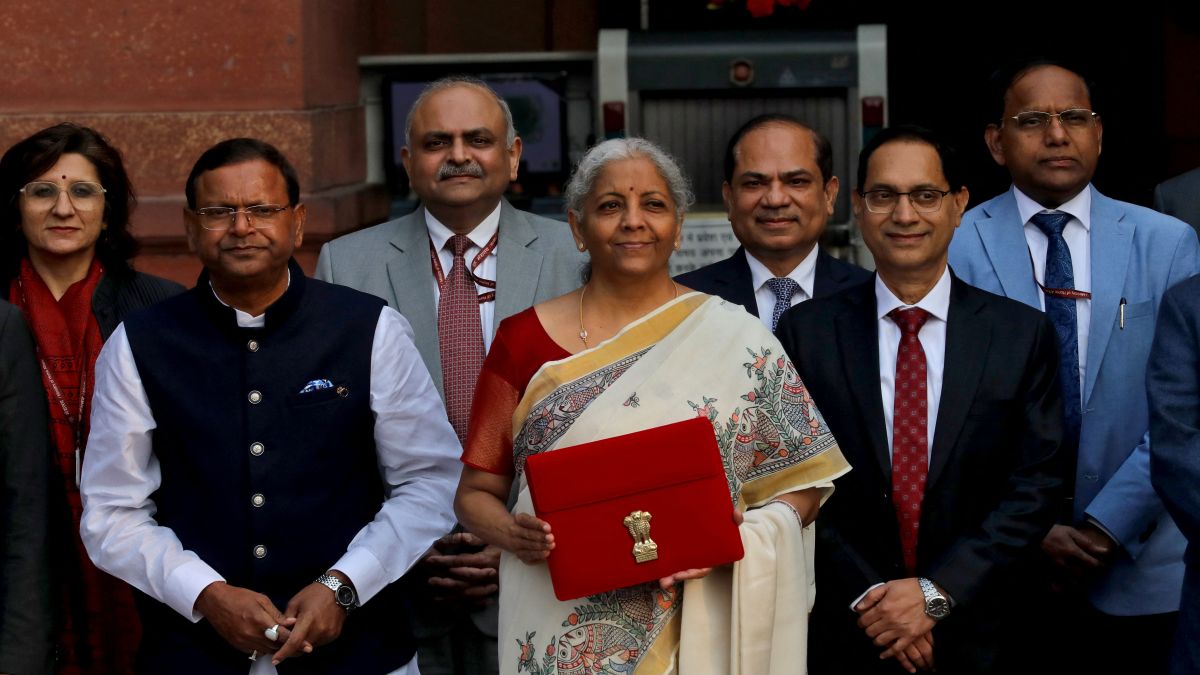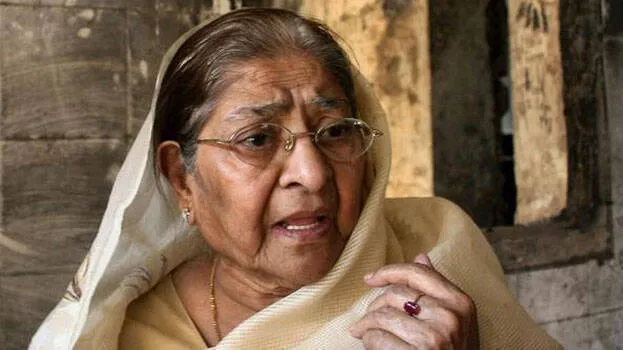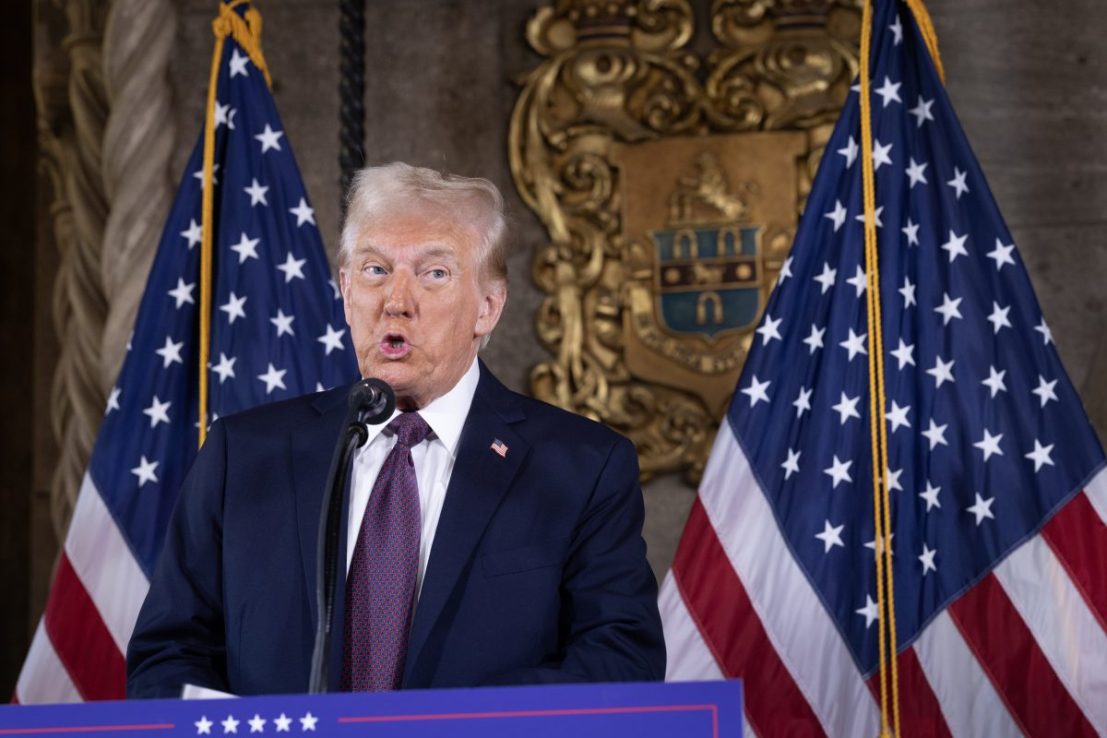
The Union Budget in India has long been viewed as a grand stage for economic policy, often seen as the moment for big-bang reforms. This perception is rooted in historical instances like Manmohan Singh’s 1991 budget, which dismantled the Licence Raj (to an extent), or Yashwant Sinha’s 2000 budget, which introduced several tax cuts. But not all budgets have been about radical change—some have been more theatrical than substantive.
Take N.D. Tiwari’s 1988 budget, dubbed the Sindoor Budget , where he dramatically announced tax exemptions on sindoor, kumkum, and mangalsutra, perhaps to make an emotional appeal ahead of elections.

While such budgets capture public imagination, the reality is that a budget is ultimately a statement of the government’s receipts and expenditures. The government doesn’t pause for a day and wait for the finance minister’s speech to implement reforms—policy changes occur continuously, shaped by cabinet decisions, regulatory tweaks, and executive actions. The obsession with budget day is more a function of path dependence, a relic of India’s socialist past when economic policy was centralised, and budgets were seen as the primary tool for change.
In a modern, reform-oriented economy, the budget should be seen less as a moment of reckoning and more as a routine financial exercise in an ongoing process of governance. I often wish that similar importance should also be given to the state budgets. That said, the Union Budget still serves as a critical platform for the government to outline its economic vision, announce new schemes, and signal policy priorities.
It provides a structured opportunity to introduce fiscal incentives, rationalize taxes, and set the course for infrastructure investment, social welfare, and industrial strategy. While reforms happen throughout the year, budget announcements often formalise and accelerate them by ensuring necessary financial allocations and legislative backing. There are four key areas that warrant discussion, the most significant being the substantial tax cuts, which is the biggest highlight of this budget.
These cuts represent a pivotal moment in this budget, marking a major structural shift in fiscal policy. The scale of these reductions qualifies them as a transformative measure, with far-reaching implications for disposable income, consumption patterns, and economic growth. The government’s decision to implement substantial tax cuts for the middle class in Budget 2025-26 is poised to enhance disposable income and stimulate aggregate demand, reinforcing the consumption-driven growth model of the Indian economy.
The revised tax slabs, effectively eliminating income tax liability up to Rs 12 lakh under the new regime, align with Keynesian demand-side interventions, wherein reductions in direct taxation increase household consumption. Given that private final consumption expenditure (PFCE) constitutes approximately 57 per cent of India’s GDP, this policy move is expected to generate a positive multiplier effect across multiple sectors, particularly in discretionary spending categories such as real estate, automobiles, and consumer durables. The additional fiscal space created for households will likely enhance savings and capital formation, aligning with the government’s broader objective of strengthening domestic financial intermediation.
From a macroeconomic standpoint, these tax reductions align with ongoing supply-side measures aimed at fostering private sector investment and employment. When coupled with incentives for micro, small, and medium enterprises (MSMEs), the reduction in personal income tax is expected to generate positive spillover effects on labour market participation and wage growth. This is particularly relevant in employment-intensive sectors such as construction, retail, and manufacturing, where increased consumer spending translates directly into higher demand for labour.
Additionally, this fiscal stimulus aligns with the Laffer Curve hypothesis, which postulates that lowering tax rates can improve compliance and expand the tax base, potentially offsetting revenue losses in the medium term. Given the government’s fiscal consolidation targets, the sustainability of these tax cuts will hinge on the buoyancy of indirect taxes and increased consumption-driven GST collections to mitigate potential short-term revenue shortfalls from direct tax reductions. The second area is that the government is still sticking to its stance of fiscal conservatism despite the massive tax break.
The macroeconomic framework reflects a disciplined fiscal stance, pointing to the government’s commitment to rationalising expenditure and debt sustainability. The fiscal deficit trajectory aligns with projected consolidation targets, with a reduction from 4.8 per cent to 4.
4 per cent of GDP in the upcoming fiscal year and a medium-term objective of reaching 4.5 per cent by FY 2026-27. This contractionary fiscal path is indicative of an overarching commitment to maintaining macroeconomic stability while balancing growth imperatives.
Nominal GDP growth is conservatively estimated at 10.1 per cent, reflecting the underlying economic slack and aligning with a moderated fiscal impulse. Capital expenditure (CapEx) growth remains commensurate with nominal GDP expansion, adhering to historical budgetary patterns and ensuring that public investment does not outpace the government’s fiscal consolidation agenda.
A key assumption underpinning the fiscal arithmetic is tax buoyancy, projected at 1.3, implying tax revenue growth at 1.3 times the nominal GDP expansion.
This marks an upward revision from the observed tax buoyancy of 1.1 in the previous fiscal year, suggesting heightened revenue mobilization expectations. Given historical revenue trends and potential external headwinds, achieving this target poses a formidable challenge, particularly in an environment of tightening global liquidity and evolving domestic consumption patterns.
While the overall fiscal architecture remains within anticipated parameters, the realisation of revenue projections will be pivotal in maintaining fiscal discipline without necessitating mid-year expenditure adjustments or deficit recalibrations. The third unique aspect of the budget is that it places a strong focus on structural reforms aimed at sustaining long-term economic growth while enhancing ease of living and ease of doing business. The government’s reform agenda covers key areas such as taxation, financial regulations, power sector policies, urban governance, and labour laws, fostering a more investment-friendly and innovation-driven environment.
Key measures include a simplified tax framework, the expansion of the Jan Vishwas Act to further decriminalise economic laws, and the establishment of a High-Level Committee on Regulatory Reforms to cut bureaucratic inefficiencies and compliance burdens. This Committee can be India’s DOGE; however, we need to have an institutionalised mechanism which is slightly more permanent than a body like this which must give a report in just one year. Additionally, the budget prioritises digital and financial sector reforms to strengthen India’s transition into a technology-driven economy.
The Investment Friendliness Index of States promotes competitive federalism by incentivizing states to adopt business-friendly policies. Measures such as the introduction of a Grameen Credit Score for rural borrowers and the expansion of India Post Payment Bank services aim to deepen financial inclusion. The extension of tax incentives for startups, sovereign wealth funds, and infrastructure investments until 2030 is expected to boost capital formation, while pension sector modernization and partial credit enhancement for infrastructure bonds will help develop long-term financing solutions.
These initiatives align with India’s goal of becoming a global leader in entrepreneurship, manufacturing, and services. On the ease of living front, the budget emphasises urban reforms, public infrastructure investments, and targeted interventions in healthcare and education. Programs such as the Urban Challenge Fund, smart regulatory frameworks for city planning, and the expansion of the Jal Jeevan Mission highlight a commitment to citizen-centric governance.
The final area is the focus on generating employment. A key focus is on MSMEs, recognized as the second engine of growth, with a revision in classification criteria allowing for greater scalability and formalisation. The enhanced investment and turnover limits will enable small enterprises to access credit more easily, fostering employment.
Additionally, labour-intensive sectors such as footwear, leather, and toy manufacturing are being targeted through dedicated schemes to boost competitiveness and create millions of jobs. The Budget also introduces a new scheme for first-time entrepreneurs, particularly benefiting women, Scheduled Castes, and Scheduled Tribes, by providing term loans up to Rs 2 crore. Furthermore, the Credit Guarantee Scheme for MSMEs has been expanded, unlocking an additional Rs 1.
5 lakh crore in credit over the next five years, facilitating business expansion and employment generation. Investment in skill development and infrastructure is another pillar of the employment strategy. The establishment of five National Centres of Excellence for Skilling, expansion of IITs, and setting up of Atal Tinkering Labs in government schools are aimed at creating a workforce equipped for high-growth sectors.
The Budget also introduces a social security scheme for gig workers, providing identity cards and healthcare benefits under PM Jan Arogya Yojana, ensuring their integration into the formal economy. Strengthening urban livelihoods through initiatives like PM SVANidhi, which provides financial support to street vendors, is expected to enhance self-employment opportunities. Additionally, the expansion of rural employment programs and infrastructure projects under the public-private partnership model will generate jobs across sectors.
However, there is a small concern also. The budget’s allocation for Defence Capital Expenditure raises concerns about India’s military preparedness, with the Revised Estimates for 2024-25 at Rs 1.6 trillion, lower than the Budget Estimates of Rs 1.
72 trillion, reflecting a downward revision rather than increased spending. The allocation is just 3 per cent higher than the previous year’s, barely keeping up with inflation, while the 2025-26 Budget Estimates of Rs 1.8 trillion mark only a 5 per cent rise, insufficient given the evolving security landscape.
This slow growth in capital expenditure raises questions about whether India is investing strategically in military modernization or relying on last-minute, high-cost foreign procurements during crises. With rising geopolitical tensions, a long-term commitment to defence readiness is essential to avoid being caught unprepared in future conflicts. Overall, it is a pragmatic budget that will give more money to the middle class to drive consumption.
The reform agenda is ambitious, but it should be taken to its logical conclusion to drive medium-term growth. Aditya Sinha (X:@adityasinha004) is a public policy professional. Views expressed in the above piece are personal and solely those of the author.
They do not necessarily reflect Firstpost’s views..















